Do you have a question about the Ruckus Wireless ZoneFlex 7962 and is the answer not in the manual?
Introduces the Ruckus Wireless ZoneFlex Access Point, its features, and deployment options.
Provides instructions for opening the package, checking contents, and verifying for damage.
Identifies physical features of various ZoneFlex AP models discussed in the guide.
Outlines pre-installation tasks, required hardware, and tools for setting up the AP.
Guides through initial configuration steps, including connecting to a computer and accessing the web interface.
Details how to confirm the AP is working correctly by checking LEDs and associating wireless clients.
Covers placing the AP in a suitable location and connecting it to power and the network.
Provides steps to resolve common installation issues and a method for factory reset.
Offers specific instructions for mounting the ZoneFlex 7025 model to an electrical outlet box.
Explains how to access and log into the AP's web-based administrative interface.
Describes the layout and elements of the AP's web interface, including menu, tabs, and workspace.
Highlights differences in the web interface menu for dual-band AP models.
Details how to set device name, location, and administrative login credentials for the AP.
Explains how to set up the AP's network and internet connection parameters, including VLANs.
Guides on setting up local subnets for routing and NAT functionality, including DHCP server settings.
Covers configuration of common wireless settings and individual WLAN settings for SSIDs, security, and encryption.
Details how to configure AP Ethernet ports, including port type, packet forwarding, and VLAN settings.
Provides instructions for setting up and customizing Hotspot services, including captive portal and walled garden.
Shows how to view the AP's current status, including name, serial number, and software version.
Explains how to check the AP's current network and internet connection status and parameters.
Details how to view the AP's local subnet configurations and connected clients.
Guides on how to view the AP's current wireless mode, channel, and other common wireless settings.
Explains how to view a list of wireless clients currently connected to the AP.
Provides steps to change the default administrator username and password for security.
Covers enabling alternative management access methods like HTTP, Telnet, SSH, and FlexMaster.
Details how to configure logging and sending event logs to a syslog server for monitoring.
Explains how to update the AP's firmware manually or schedule automatic updates.
Describes how to restart the AP via the web interface without changing settings.
Guides on how to restore the AP to its original factory default settings, erasing all configurations.
Explains how to use built-in tools like PING and traceroute for network troubleshooting.
Introduces the Ruckus Wireless ZoneFlex Access Point, its features, and deployment options.
Provides instructions for opening the package, checking contents, and verifying for damage.
Identifies physical features of various ZoneFlex AP models discussed in the guide.
Outlines pre-installation tasks, required hardware, and tools for setting up the AP.
Guides through initial configuration steps, including connecting to a computer and accessing the web interface.
Details how to confirm the AP is working correctly by checking LEDs and associating wireless clients.
Covers placing the AP in a suitable location and connecting it to power and the network.
Provides steps to resolve common installation issues and a method for factory reset.
Offers specific instructions for mounting the ZoneFlex 7025 model to an electrical outlet box.
Explains how to access and log into the AP's web-based administrative interface.
Describes the layout and elements of the AP's web interface, including menu, tabs, and workspace.
Highlights differences in the web interface menu for dual-band AP models.
Details how to set device name, location, and administrative login credentials for the AP.
Explains how to set up the AP's network and internet connection parameters, including VLANs.
Guides on setting up local subnets for routing and NAT functionality, including DHCP server settings.
Covers configuration of common wireless settings and individual WLAN settings for SSIDs, security, and encryption.
Details how to configure AP Ethernet ports, including port type, packet forwarding, and VLAN settings.
Provides instructions for setting up and customizing Hotspot services, including captive portal and walled garden.
Shows how to view the AP's current status, including name, serial number, and software version.
Explains how to check the AP's current network and internet connection status and parameters.
Details how to view the AP's local subnet configurations and connected clients.
Guides on how to view the AP's current wireless mode, channel, and other common wireless settings.
Explains how to view a list of wireless clients currently connected to the AP.
Provides steps to change the default administrator username and password for security.
Covers enabling alternative management access methods like HTTP, Telnet, SSH, and FlexMaster.
Details how to configure logging and sending event logs to a syslog server for monitoring.
Explains how to update the AP's firmware manually or schedule automatic updates.
Describes how to restart the AP via the web interface without changing settings.
Guides on how to restore the AP to its original factory default settings, erasing all configurations.
Explains how to use built-in tools like PING and traceroute for network troubleshooting.
| Bandwidth | 2.4 GHz |
|---|---|
| Number of users | 20 user(s) |
| Channels quantity | 13 channels |
| Cabling technology | 10/100/1000Base-T(X) |
| Maximum data transfer rate | 300 Mbit/s |
| Quality of Service (QoS) support | Yes |
| Ethernet LAN (RJ-45) ports | 2 |
| Security features | Lightweight Directory Access Protocol (LDAP), ActiveDirectory |
| Security algorithms | WEP, WPA-PSK, WPA-TKIP |
| Compliance industry standards | IEEE 802.11a/b/g/n, IEEE 802.3, IEEE 802.3u, IEEE 802.3ab |
| Power requirements | 110-240V AC, 50/60Hz |
| Output power description | 12V DC, 1.5A |
| Power consumption (typical) | 15 W |
| Operating temperature (T-T) | 0 - 50 °C |
| Operating relative humidity (H-H) | 15 - 95 % |
| Certification | WEEE/RoHS, EN 60601-1-2 |
| Cable lock slot type | Kensington |
| Weight | 680 g |
|---|---|
| Dimensions (WxDxH) | 194.3 x 144.3 x 123.8 mm |
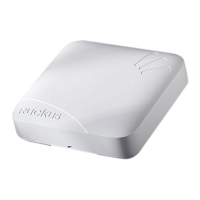
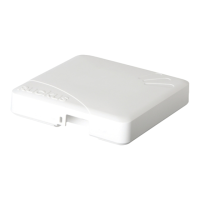
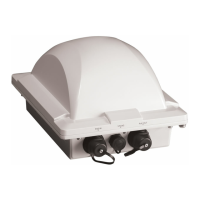


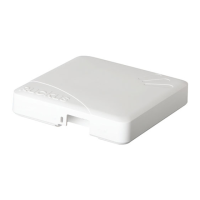
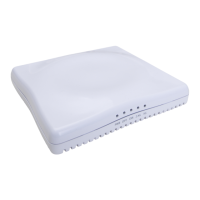
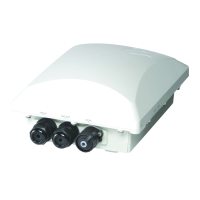
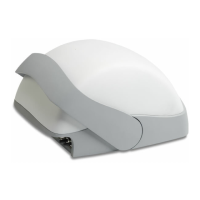
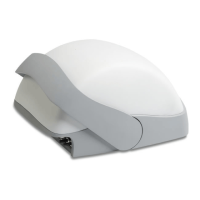

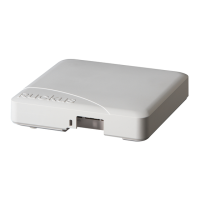
